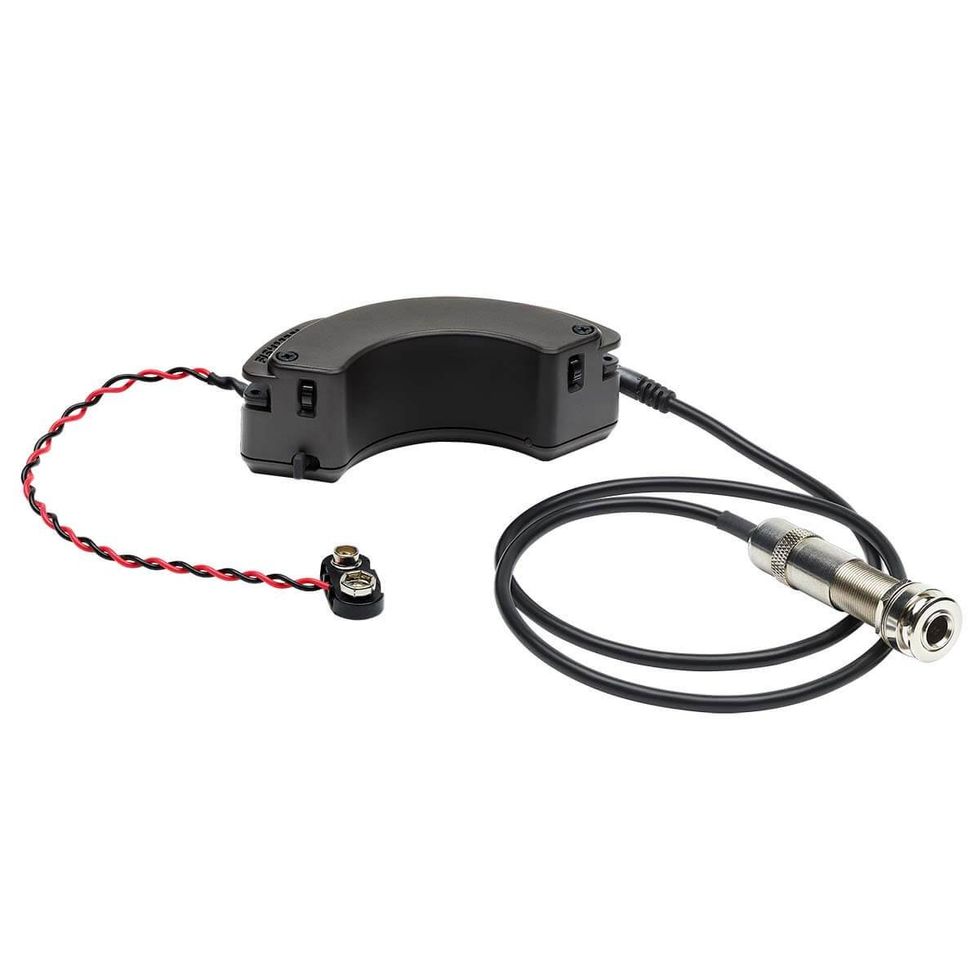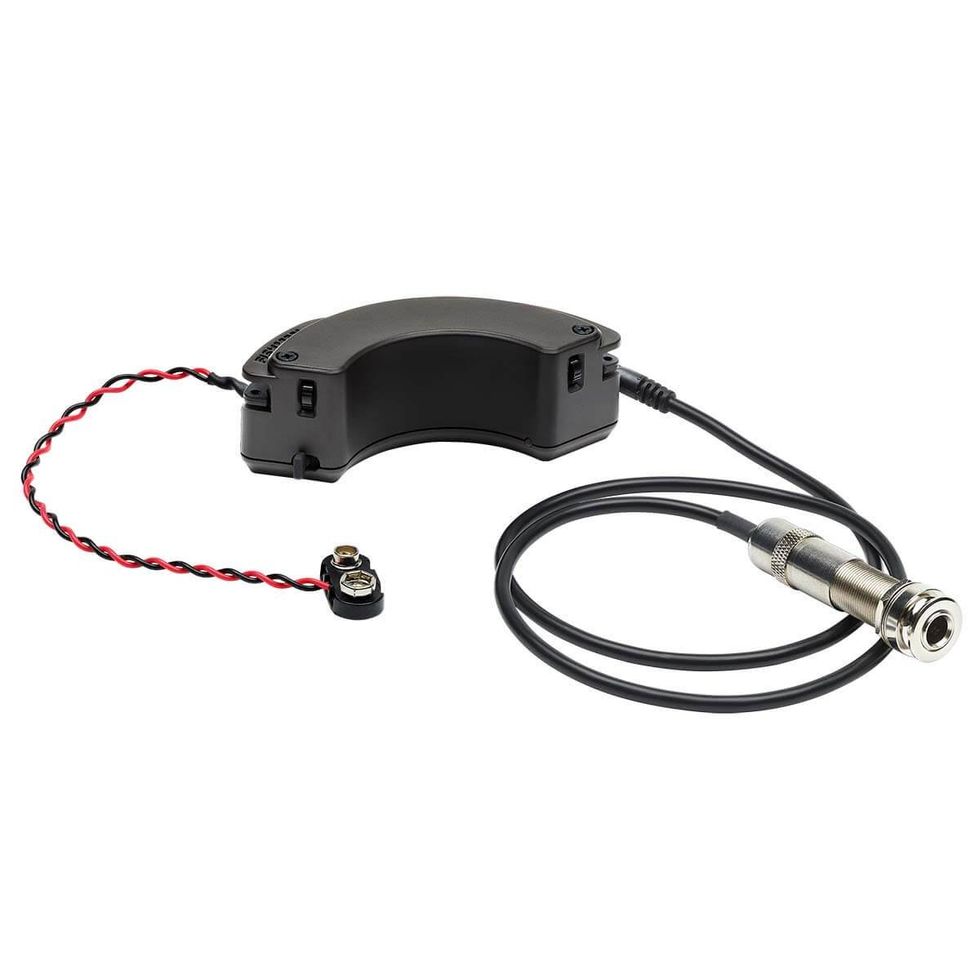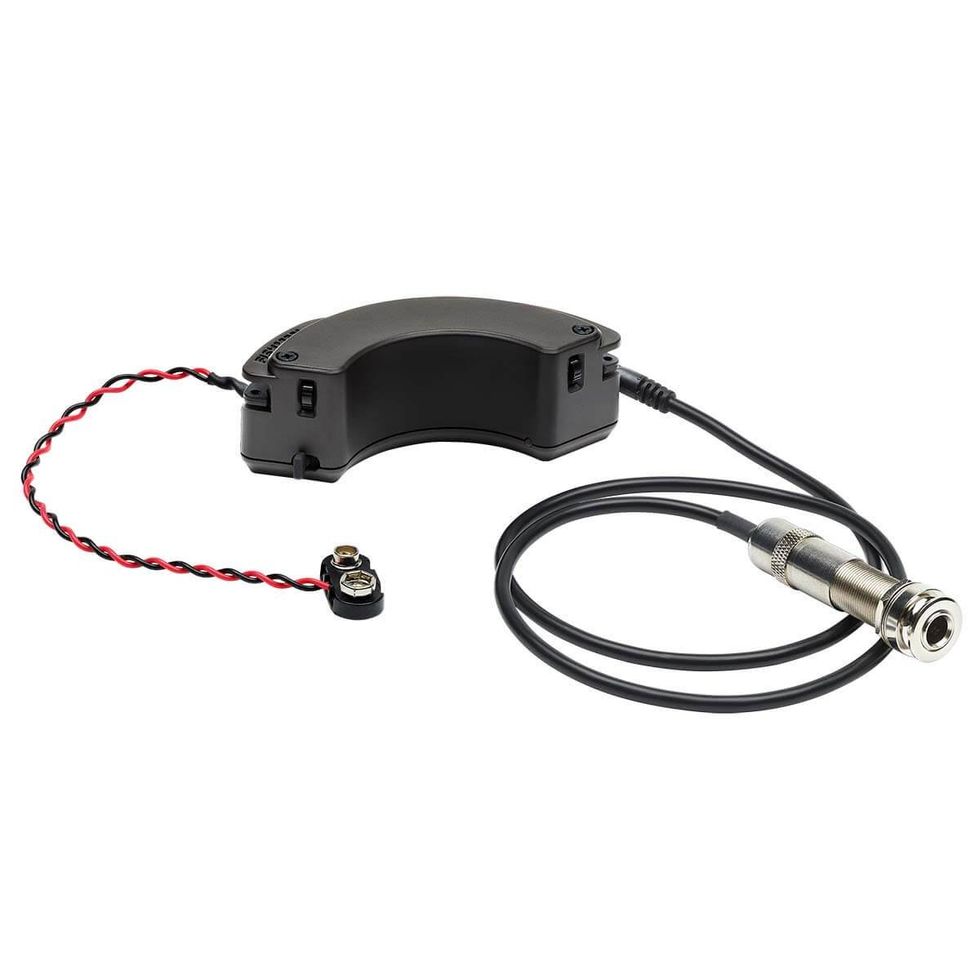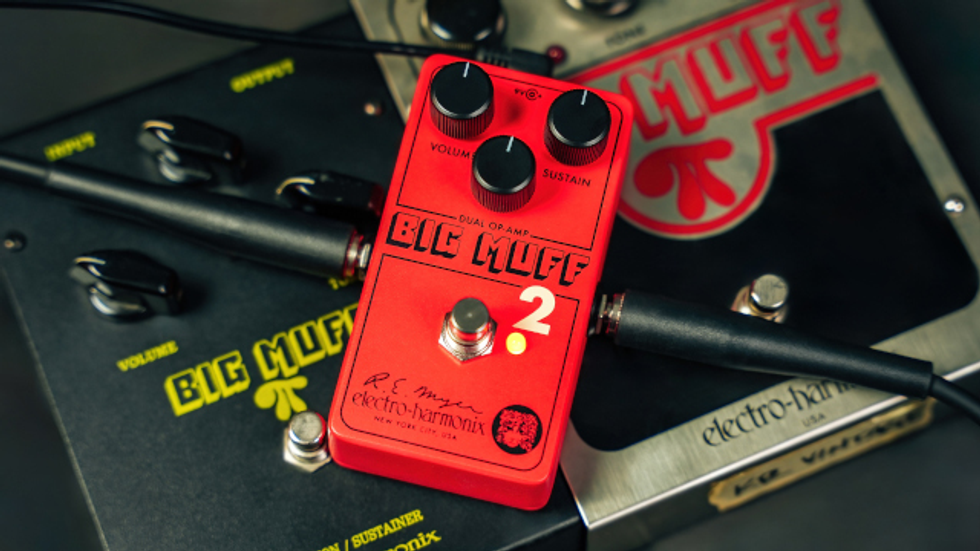In the upcoming December issue, we sit down with Jason Lollar and talk about everything from how he got started in the business, his key to the perfect P-90, debunking pickup myths and more. Here''s a teaser to whet your appetite, as we ask Jason about Alnico magnets and output.
What is it about an Alnico magnet that makes it a near-standard for guitar pickups? Can you construct a great pickup with ceramic magnets?
Remember this is old technology, so before Alnico the magnets were these huge horseshoe or great big bars like you see on old Rickenbackers. The next “permanent magnets” were Alnico. By the time electric guitar design was really getting strong – the late forties to the fifties – Alnico was the primary magnet used. You don’t start seeing ceramics on guitars until the early sixties. So part of this is traditional; Alnico magnet pickup designs are what we have become used to as a standard of good tone.
Alnico and ceramics have different magnetic and inductive properties. In the early sixties, when ceramics became available and some guitar companies used them (probably for their cost savings, which is approximately 30 percent the cost of Alnico), they left the overall pickup design the same and did not bother to accommodate for the difference in magnets. The sound was thinner and overly bright with less dynamic range.
Of course, you can make good sounding ceramic pickups; I have one stock model that uses them – the Chicago Steel. I sometimes use them on custom items also if there is some size restriction.
What about players that evaluate pickups strictly by their output levels? Is there a problem today with people buying replacement pickups that are entirely too hot for their setup?
You can’t always compare resistance between pickups and expect the higher resistance to have more power; all that tells you is... well, not much. If you know the diameter of the wire, the resistance will tell you how many feet of wire are on the pickup. The amount of turns around the pole pieces is primarily what increases output – more turns equal more output. Of course, the magnetic field strength and the core material used also affects this, but if one pickup has a longer coil than another – let’s say a Jazz Bass and a Strat – the Jazz Bass will read higher because it has a longer coil of wire, but it may not have more output. There are other technical points we could go on about – thicker or thinner wire, how air temperature affects resistance – but more importantly is how the pickup couples with the amp. There are a lot of technical points about this but let’s keep it simple.
One thing you’ll find occasionally on cheap guitars are really hot pickups. For the uninitiated buying their first guitar, imagine plugging a $5000 Gibson into a cheap practice amp and then plugging in a Brand X with a hot ceramic pickup. “Wow, this one is louder, it’s got to be better, right?” Really though, if you listen to old Fender amps, like a Tweed Deluxe for example, when you plug in a Tele or a Strat and crank it up, it will sound fat and really detailed at the same time. Plug a Les Paul in and it gets overly muddy and distorted – maybe you like that, but it makes it really hard to hear what you’re playing from the audience’s perspective. A better Fender amp for a Les Paul would be a Super Reverb – much less midrange from the amp. Your Les Paul already has plenty of mids, so why add more to muddy up the tone? Also, the Super Reverb has more treble available, which humbuckers often lack, plus the amp can handle the extra bass the humbucking pickup generates, so it stays tighter and clear on the bottom.
Most people are hip to how different amps will match better with some pickup designs than others, but often people just getting into electric guitar tone don’t know how to get good tone. The number one rule of thumb is don’t overload the amp too much. Everyone likes at least a little distortion, but if you go too far it becomes muddy. I see a lot of guys in clubs, usually humbucker players, that need to turn the bass down on the amp, turn the volume down a notch because they have a little too much distortion and bass to be heard clearly, and turn the reverb down because there is too much hashing. My idea behind pickup design is if you can’t get a good clean tone, you won’t get a good distorted tone.
Remember to check out the December issue of Premier Guitar for the interview, then check back to premierguitar.com for an extended cut of the interview we couldn''t fit in the magazine.
First Look: Jason Lollar on Magnets and Output
Jason Lollar answers our questions about Alnico vs. Ceramic and pickup output
By Adam MooreNov 06, 2008
Adam Moore
Adam Moore mashes together a serious potato of hard rock, jazz, orchestral, metal and experimentalism to bring you not-your-average guitar god type stuff.







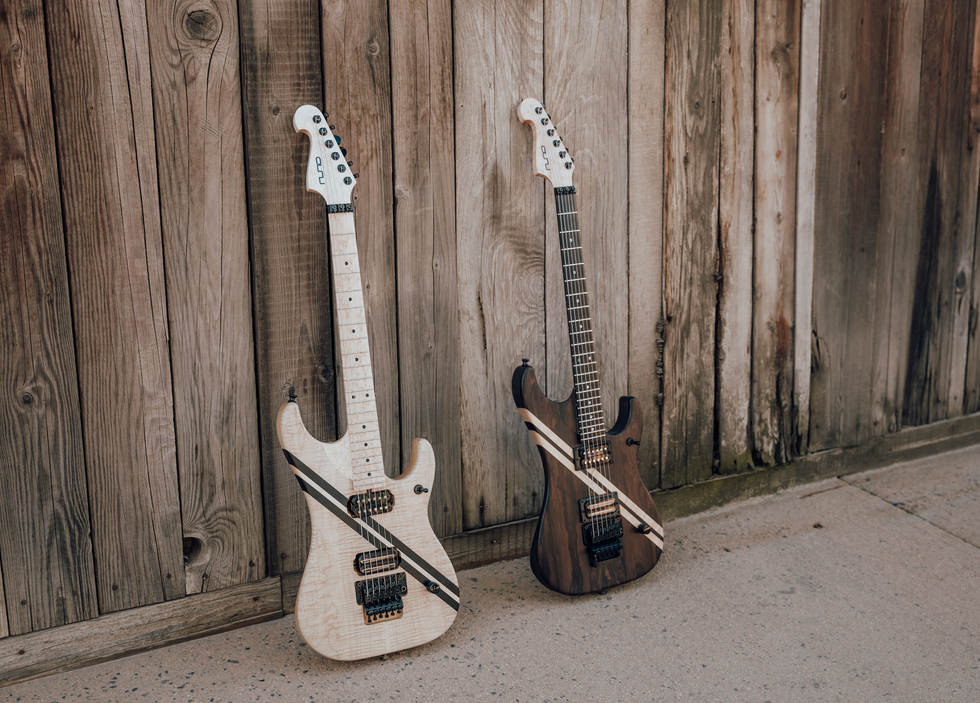
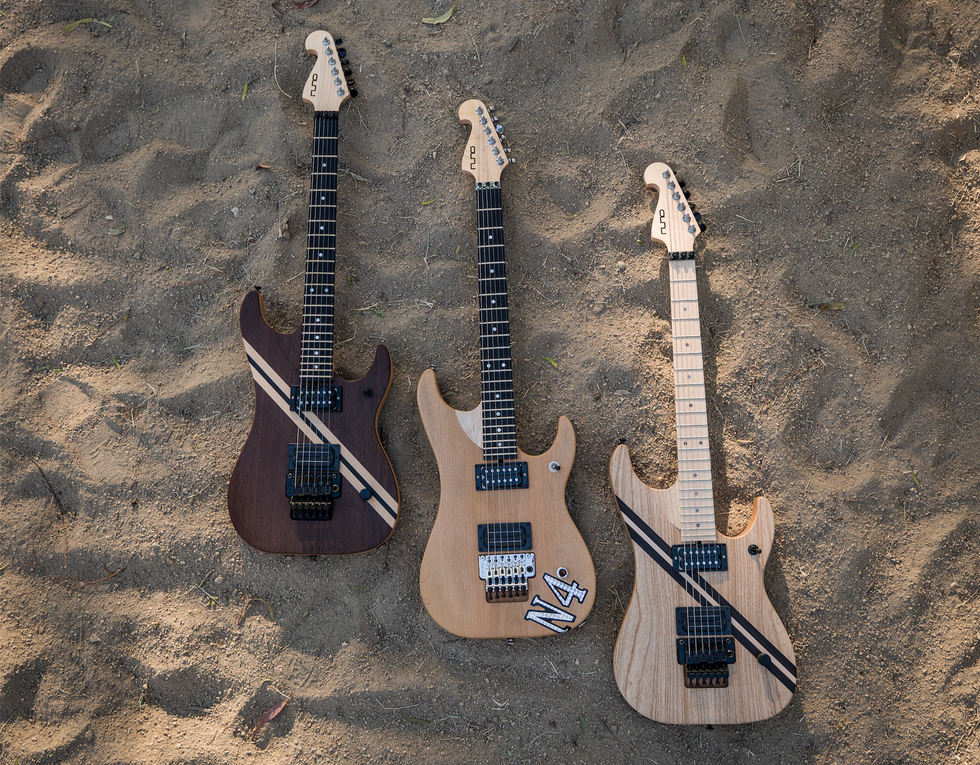




![Rig Rundown: Russian Circles’ Mike Sullivan [2025]](https://www.premierguitar.com/media-library/youtube.jpg?id=62303631&width=1245&height=700&quality=70&coordinates=0%2C0%2C0%2C0)



